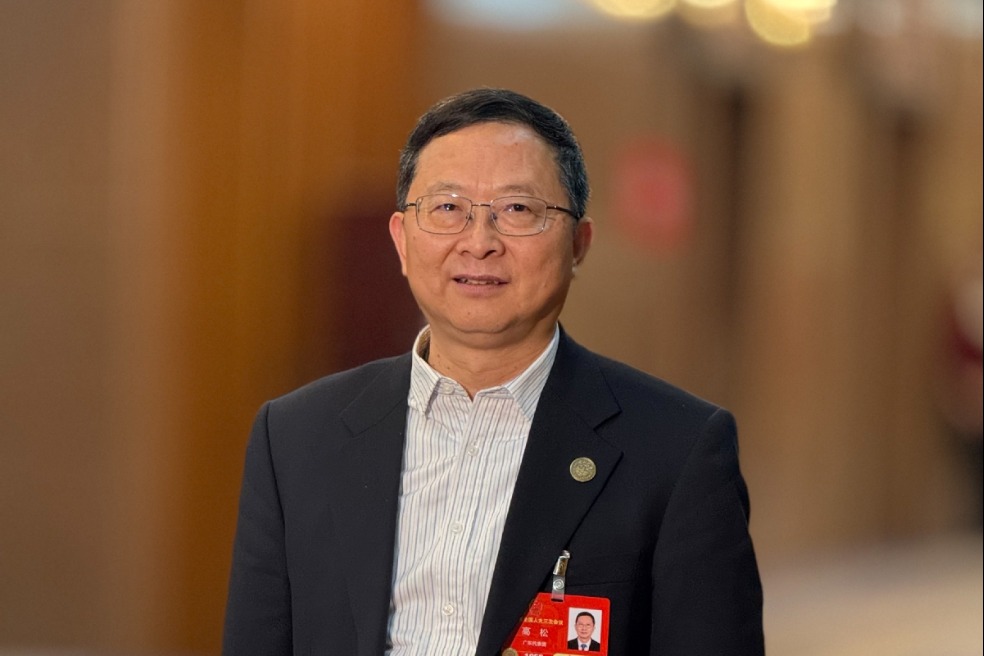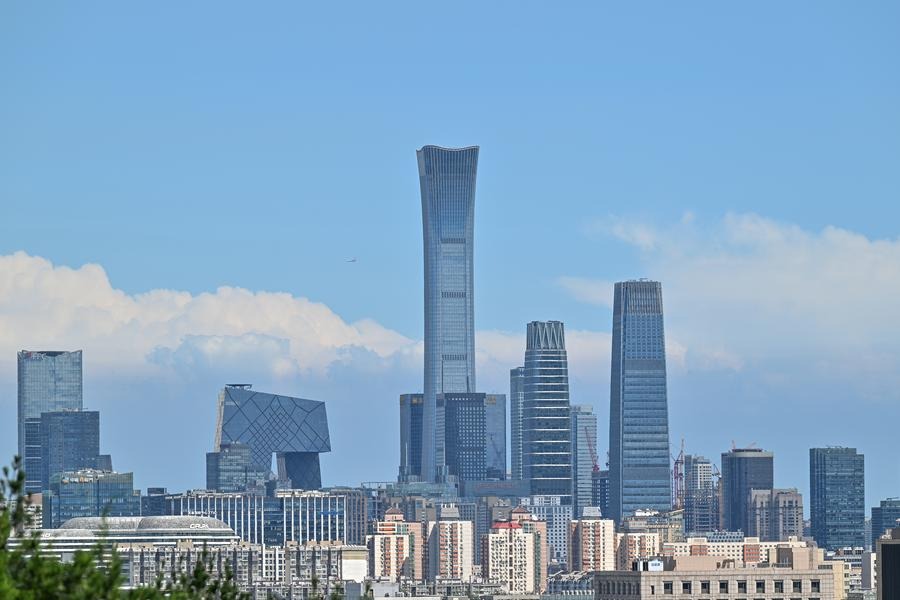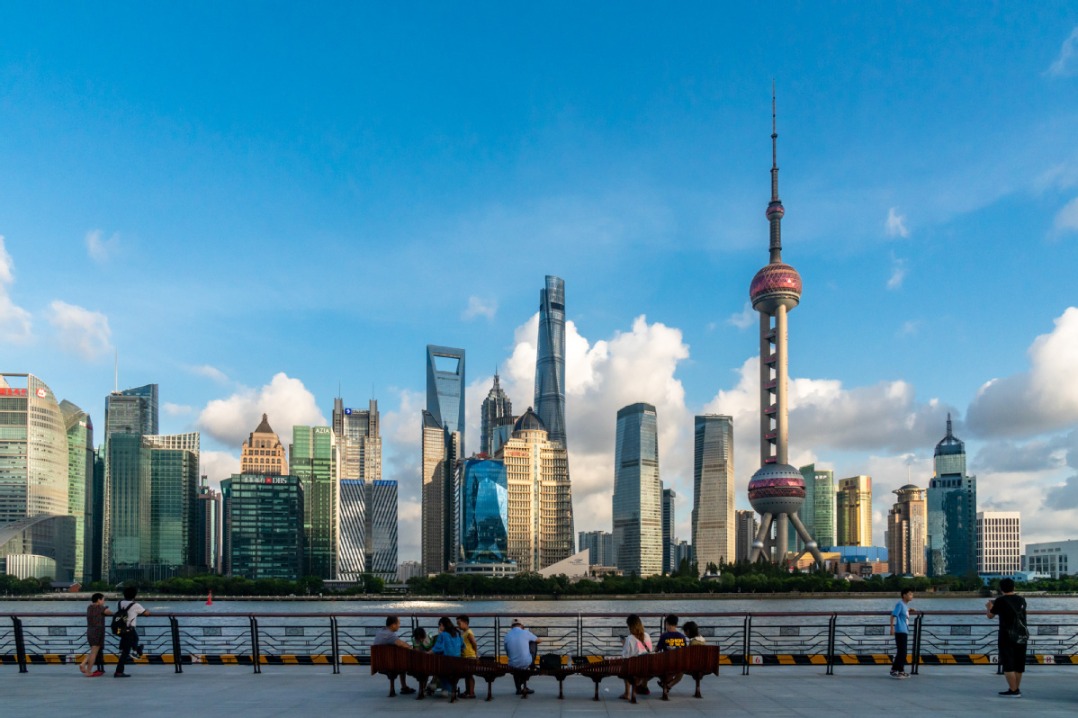Intercontinental development driver
The AfCFTA has the potential to revolutionize the continent's economic landscape, but for one handicap — inadequate infrastructure


Africa is undergoing a significant transformation driven by aspirations for sustainable economic growth, industrialization and regional integration. The African Union's Agenda 2063, a strategic framework for transforming the continent into a global powerhouse by 2063, is central to this vision. A key component of Agenda 2063 is the African Continental Free Trade Area, a landmark trade agreement aimed at eliminating barriers and creating a single market for Africa. By enhancing intra-African trade, particularly in value-added goods and services, the AfCFTA has the potential to revolutionize Africa's economic landscape. However, challenges such as inadequate infrastructure, weak transportation networks and inefficient border facilities hinder its full implementation. Addressing these issues requires substantial investment in infrastructure development, a priority that aligns with the objectives of China's Belt and Road Initiative.
The BRI has emerged as a key player in supporting Africa's modernization. With investments in transport, energy, telecommunications and industrial zones, the BRI closely aligns with the AU's Agenda 2063 and AfCFTA objectives. Infrastructure projects under the BRI framework contribute to key Agenda 2063 initiatives such as the African Integrated High Speed Railway Network, the Grand Inga Dam project and the Single African Air Transport Market. By improving connectivity, trade logistics and industrial capacity, the BRI fosters deeper regional integration and economic cooperation.
One of the most notable BRI projects in Africa is the Mombasa-Nairobi Standard Gauge Railway, which has significantly improved transportation between Kenya's port city of Mombasa and its capital, Nairobi. This railway has reduced travel time, lowered freight costs, and enhanced trade efficiency, demonstrating the tangible impact of the BRI in advancing Africa's infrastructure and regional integration goals. Other investments in energy, logistics and technology further reinforce Africa's aspirations for industrialization and economic diversification.
Infrastructure projects under the BRI framework contribute to Africa's economic transformation by facilitating trade, energy security and digital inclusion. In the energy sector, China has invested in renewable projects such as Kenya's Garissa Solar Plant, which supports Africa's transition to a low-carbon economy. Such projects not only enhance energy security but also contribute to climate resilience, a key aspiration under Agenda 2063.
The digital economy is another area where China's investments are making a significant impact. Huawei's expansion of 4G and 5G networks across Africa has improved internet connectivity, enabling digital trade, fintech innovations and e-commerce growth. By fostering digital inclusion, these projects empower African youth, drive entrepreneurship and create opportunities for participation in the global digital economy.
Beyond physical and digital infrastructure, China's cooperation with Africa extends to human capital development. Training programs and vocational initiatives equip African youth with the technical skills necessary for realizing industrialization and economic competitiveness. Investments in education and workforce development not only address unemployment challenges but also build Africa's self-reliance and capacity to manage large-scale projects in the future.
Despite substantial progress, Africa still faces major infrastructure deficits that hinder full economic integration. To enhance connectivity and facilitate regional trade, strategic actions are needed. First, harmonized regional infrastructure planning led by the AU and regional economic communities can ensure projects align with continental development objectives. Second, leveraging public-private partnerships can mobilize both public and private sector investments, reducing financial burdens on governments. Additionally, multilateral cooperation with institutions such as the African Development Bank can provide funding and technical support for large-scale projects. Finally, prioritizing sustainable and green infrastructure development ensures long-term benefits, particularly in sectors such as transportation, energy and urban development. By integrating sustainability into infrastructure projects, Africa can achieve economic growth while addressing environmental challenges.
A critical aspect of the Africa-China partnership is the debate surrounding debt sustainability. The narrative of so-called debt trap diplomacy suggests that China deliberately burdens African nations with unsustainable debt to gain influence. However, empirical data challenges this assertion. According to the African Development Bank, China accounts for only 12 percent to 15 percent of Africa's total external debt, with a significant portion owed to multilateral institutions such as the World Bank and the International Monetary Fund.
Moreover, China has demonstrated flexibility in debt restructuring, as seen in Zambia, where debt payments have been deferred multiple times without asset seizures. Similarly, allegations of China seizing Uganda's Entebbe International Airport have been refuted by both Chinese and Ugandan officials. Unlike Western lenders that impose strict conditions, China often structures loans with renegotiation terms, providing African nations with financial flexibility.
Debt sustainability ultimately depends on responsible borrowing, transparent agreements and effective utilization of funds. African governments must strengthen governance frameworks and financial accountability to ensure that borrowed funds drive economic growth rather than exacerbating fiscal vulnerabilities. Additionally, establishing better international financial mechanisms can reduce dependency on external borrowing and enhance Africa's economic resilience.
China's path to modernization offers valuable experiences for Africa, particularly in strategic planning, investment in human capital, and technology-driven growth. One of China's key strategies was its focus on long-term development planning, prioritizing infrastructure, industrialization, and technological advancement. Africa can adopt a similar approach by formulating clear industrial policies, investing in research and development, and fostering innovation-driven economies.
Another experience is the emphasis on education and skills development. China's rapid economic transformation was fueled by a well-educated workforce equipped with technical expertise. Africa must invest in education, vocational training, and STEM (science, technology, engineering and mathematics) fields to build a competitive labor force capable of driving industrialization and digital innovation.
Furthermore, China's success in creating special economic zones can serve as a model for Africa's industrialization. By establishing SEZs, Africa can attract foreign direct investment, promote export-oriented industries, and create employment opportunities. Strengthening partnerships with China to develop SEZs and industrial parks can accelerate Africa's manufacturing sector and reduce reliance on raw material exports.
In conclusion, Africa's path to modernization hinges on strategic partnerships, industrialization and infrastructure connectivity. The BRI aligns with Africa's long-term vision under Agenda 2063 and AfCFTA by supporting economic integration, energy development and digital transformation. Despite concerns surrounding debt, empirical data highlight the mutual benefits of China-Africa cooperation. Experiences from China's modernization journey underscore the importance of strategic planning, investment in human capital, and technology-driven growth. By leveraging these insights, Africa can achieve sustainable and inclusive development, paving the way for a prosperous future.
The author is founder and executive director of the Africa-China Centre for Policy and Advisory, an Accra-based think tank. The author contributed this article to China Watch, a think tank powered by China Daily.
Contact the editor at editor@chinawatch.cn.


































